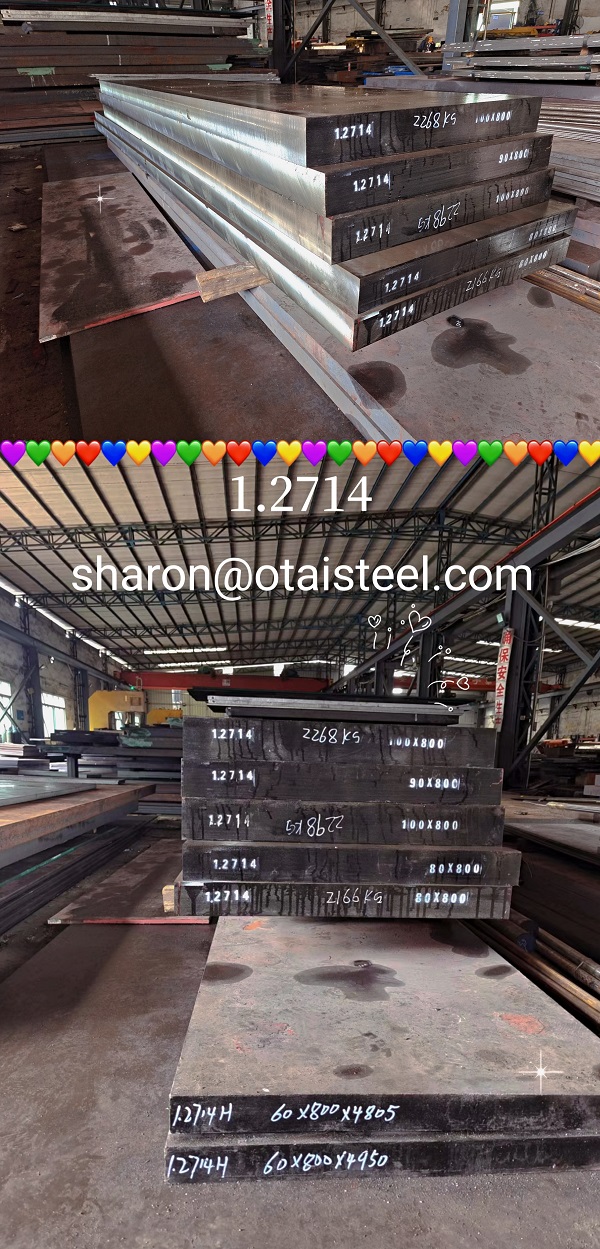In the world of metallurgy, the 1.2714 steel alloy is renowned for its exceptional properties, making it a preferred choice for various applications. One of the key aspects that contribute to its versatility is the heat treatment process it undergoes. In this article, we will delve into the intricacies of the 1.2714 heat treatment process, providing a detailed overview of the specific size ranges it can accommodate and the benefits it offers. So, let’s embark on this journey through the world of metallurgy and uncover the secrets of 1.2714 heat treatment.
Introduction to 1.2714 Steel
Before we dive into the heat treatment process, it’s essential to understand what 1.2714 steel is. Also known as 55NiCrMoV7, this alloy is a versatile tool steel commonly used in various industrial applications. It exhibits excellent toughness, high wear resistance, and good machining properties, making it a popular choice in industries such as forging, die casting, and more.
The Significance of Heat Treatment
Heat treatment is a critical step in enhancing the properties of steel alloys like 1.2714. It involves heating the material to specific temperatures and then cooling it down under controlled conditions. This process can significantly alter the steel’s hardness, strength, and other mechanical properties, making it suitable for specific applications.
Size Range for 1.2714 Heat Treatment
The 1.2714 heat treatment process is particularly versatile when it comes to accommodating various size ranges. Let’s break down the specific size ranges and the corresponding heat treatment processes:
1. Small Components (Up to 100mm)
For small components with dimensions up to 100mm, the 1.2714 steel can undergo the following heat treatment processes:
Annealing
Annealing involves heating the steel to around 800°C and then slowly cooling it. This process reduces internal stresses and improves machinability.
Normalizing
Normalizing is a process where the steel is heated to 900-950°C and then air-cooled. It enhances the steel’s mechanical properties, making it more suitable for applications requiring higher strength.
2. Medium-Sized Components (100mm to 300mm)
Medium-sized components within the 100mm to 300mm range can benefit from the following heat treatment processes:
Quenching and Tempering
This two-step process involves heating the steel to a high temperature (around 850-880°C) and then rapidly cooling it in a quenching medium like oil or water. Afterward, the steel is tempered at a lower temperature (150-200°C) to achieve the desired hardness and toughness.
3. Large Components (Above 300mm)
For larger components exceeding 300mm in size, a modified heat treatment process is employed:
Forging and Annealing
Large 1.2714 steel components are often forged at temperatures between 950-1150°C and then annealed to relieve stresses. This combination ensures uniform properties throughout the material.
Benefits of 1.2714 Heat Treatment
The 1.2714 heat treatment process offers several key benefits:
- Enhanced hardness and wear resistance
- Improved toughness and impact resistance
- Excellent machinability
- Reduced internal stresses
- Uniform properties for large components
Conclusion
In conclusion, understanding the 1.2714 heat treatment process is essential for maximizing the potential of this versatile steel alloy. Whether you’re dealing with small, medium, or large components, the tailored heat treatment processes can unlock the desired mechanical properties, making 1.2714 an excellent choice for various industrial applications.











